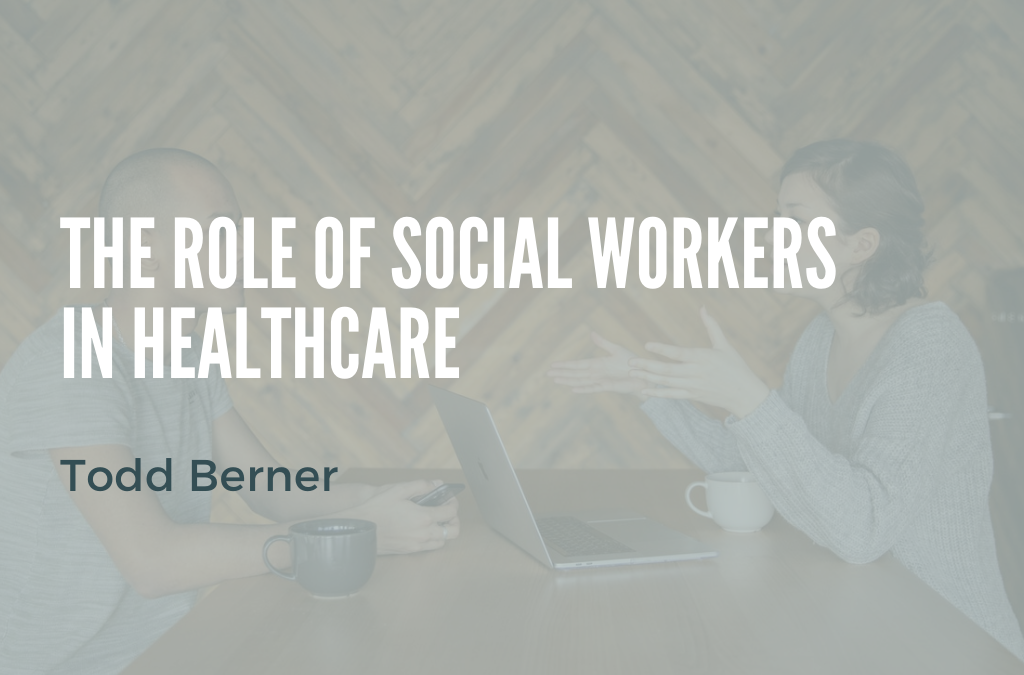When it comes to patient engagement, ample attention is given to doctors and nurses. After all, they’re the most prominent points of contact for any patient that goes through a healthcare facility. Their input can encourage good medication adherence and spur a patient to better engage with their own care. There’s no arguing the monumental impact of patient engagment—but sometimes, it’s individuals outside of the hospital that can make the biggest differences.
Social workers are able to engage with patients in a way that doctors and nurses cannot. However compassionate a medical professional is, they are limited by the reality that they will spend a relatively small amount of time with every patient. Even if somebody is suffering, there’s often not enough time for a doctor to adequately empathize beneath the salient tasks that must be completed with every patient visit. Reviewing vitals, prescribing medication, and education about health or insurance can cut into any time for patients to ask questions or talk with a medical professional about their concerns.
Social workers can help attend to patient concerns that doctors cannot. For a patient navigating the perilous realm of insurance, social workers can provide counseling and help fill in knowledge gaps. For a patient with a poor health outlook, they can support families and help them adjust to a reality without their loved one. Moreover, social workers are better-equipped to listen to patients and help them work through their issues. For patients with chronic conditions or problems with medication adherence, these professionals represent a more frequent point of contact that is more immediately accessible than a doctor.
In addition, the COVID-19 pandemic has yet again laid bare the issues with our healthcare system. Overtaxed doctors need the support necessary to do their jobs, and social workers can fill this role quite nicely. The biggest barrier to integrating social services into healthcare is insurance.. Fee-for-service insurance systems do not cover the costs of social workers, dissuading hospitals from hiring them on staff. Congress would have to allocate funding for social service staffing in hospitals for this trend to truly be reversed.
In the meantime, social workers can lead to better outcomes for both patients and reduce clinician burnout. Similarly, community health workers, or CHWs, provide access to services such as housing, transport, or food that can exacerbate existing social disparities in healthcare. Support for both of these kinds of specialists, particularly in underserved communities, can improve health outcomes and comfort grieving families during an exceptionally difficult time.
This isn’t to say that more social workers is the sole solution to fixing healthcare. However, it is a step toward protecting our most vulnerable and improving patient engagement where doctors cannot.
